Kent’s enthusiasm and the outreach he had done to get another volunteer was enough for me to agree to assist in this second adventure of llama rescuing. And so much was invested in learning the “lay of the land” in the first rescue that I felt this next effort should go more smoothly.
The question was, could we manage everything that needed to be done? Would we have enough support and materials like trailers and panels? It was a very long drive for us but if we could get there with enough panels, ample food to entice these wild llamas, and not get stuck in the snow or harsh condition, I knew three of us could do this. We had one open weekend that would work for Kent and me. We figured we needed about 12 large panels to build the corral and loading chute. After much searching and struggle with a few offers and then strange cancellations, Kent finally had to take apart his corral and load up his panels onto his truck bed and lean them up over his cab since he was going to also pull a trailer. Later we were to learn that Kent’s contact would bail on us but my husband, Frank Liptak was a good replacement
My three-horse slant trailer was now ready for another rescue and I figured I could hold 6 llamas and Kent’s trailer could hold two llamas which was perfect for the 8 llamas we were saving. But what would we do with the ram? Did I forget to mention there was a ram in this story? I thought the ram should be left there for the family to rehome (we were Southwest Llama Rescue after all) and we were already saving 34 llamas and a donkey! But there were strong feelings for the ram by many folks. Ram was bonded to the llamas and in a way was helpful in the first rescue. He was tame, although a bit aggressive as he had rammed one of the rescuers. Kent decided that he would take the ram and two llamas. This proved a challenge with the trailer space that we had.
I enjoyed the evening light watching the herd of eight llamas plus sheep (ram) and getting acquainted with their dynamics. Black beauty is a new mom and it is amazing the tiny cria has survived the snow storm. The other orphan cria sticks by the black mama llama as well. There are three crias, in the mini herd, two female mothers, and three young bachelors.
The next morning Kent arrived early and opened the corral to allow them in for the grass hay and the alfalfa I also spread around. He noted that they would not all enter at once and furthermore, there were only 6 llamas to be seen. The newborn cria was missing as was one of the young males. My fear was they met with a predator and the young male, in trying to protect the cria, was also gone or very injured. Should we capture the six in hand or should we wait to see if the other two arrive? It was pins and needles as we cleverly hid a few hundred feet away inside the truck up the road. Kent’s plan was for me to drive down the road and he would jump out while in motion and close the gate on the herd. They were not afraid of traffic and would not suspect a person leaping from a moving vehicle. We sat for about a half hour – I was dreading the fate of the two missing llamas when all the sudden, we see the little cria coming through the woods happily trotting towards her mother and the young male yearling walking calmly behind her. What a miracle! We called the yearling male Blackback, the Caretaker. I was so happy to see them, I could have cried. We spoke in whispers even though they could not hear us as we waited for all the llamas to find their way into the buffet zone. I was afraid starting the truck might startle the llamas – so when another vehicle was driving by, I started up the engine and idled until Kent and Frank were ready to do the sneaky deed. Without rushing, while they were contentedly nibbling, we went into gear and drove slowly by, Kent and Frank lept out to quickly close the gate on eight llamas and a ram. Success! We all felt great and there was a mini celebration of high fives before we had to get them loaded up on the trailers, load up panels and other material, and head home. But more exciting times were still to come.
After loading up Mr. Ram in Kent’s trailer, Kent realized that he may be going home with Mr. Ram instead of the pair of llamas he wanted. It was late afternoon and about that time, our partner from the family arrived and helped with the loading of the panels. After that, I was ready to go. Kent requested help with the electrical line that was strung along the tops of the fence line that surrounded the field left there from the first rescue the month before. Having my trailer loaded up with the llamas, I was anxious to leave, but Frank was the more patient one and walked out into the snow drifted field and helped with the collection and careful roll up of the hundreds of feet of line.
There was a storm forecasted and very chilly temperatures for the night. It was already after 5 pm when we started down the mountain and fog started to roll in. Once down in Fairplay, I had cell phone reception and kept trying to find someone who would take the ram so that Kent could then take his llamas from my load. I left several messages with people I knew, posted on social media sites, and even made a quick Craig’s list add: Free Merino Wool Ram!
Sunday was a beautiful overcast day and everything went right except for a couple of flat tires that I had in New Mexico (which I was getting quite used to anyway). And since this rescue, I have already adopted out two of the yearling males and have been building trust in the rest of them and beginning the training process.
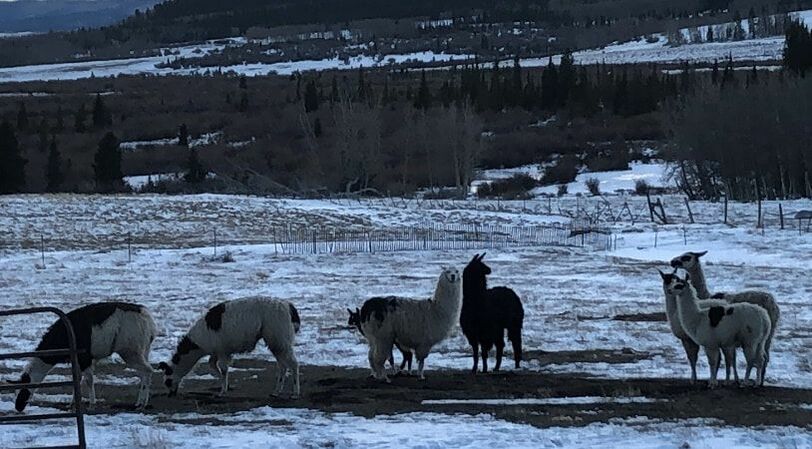
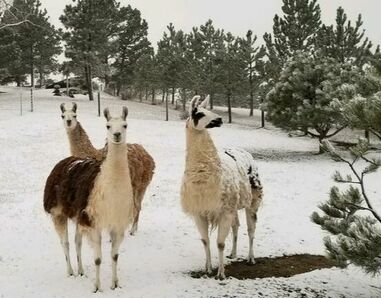
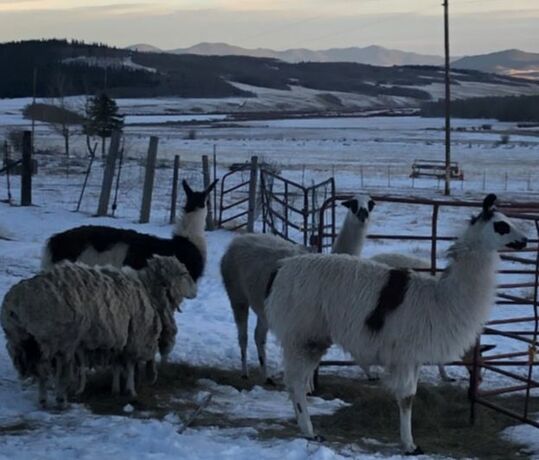
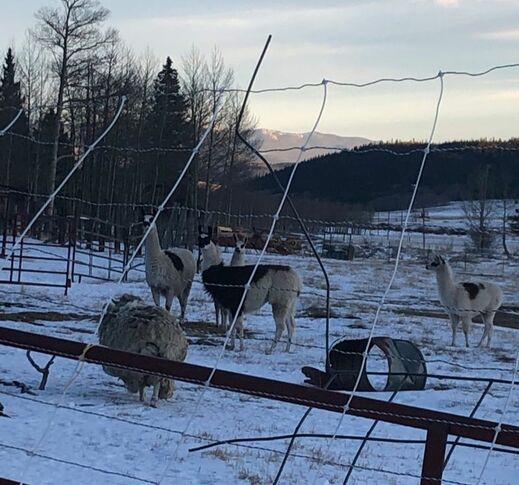
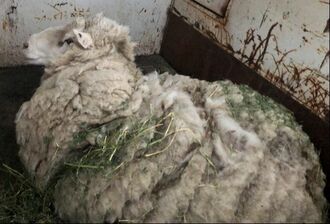
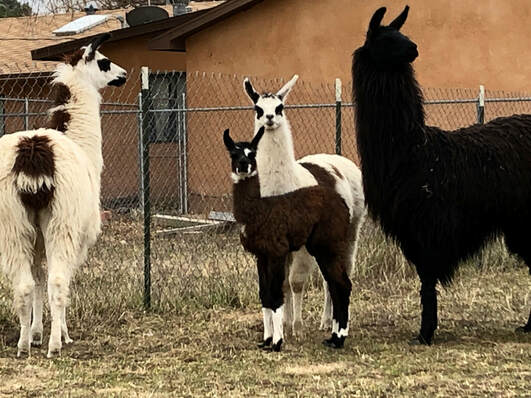
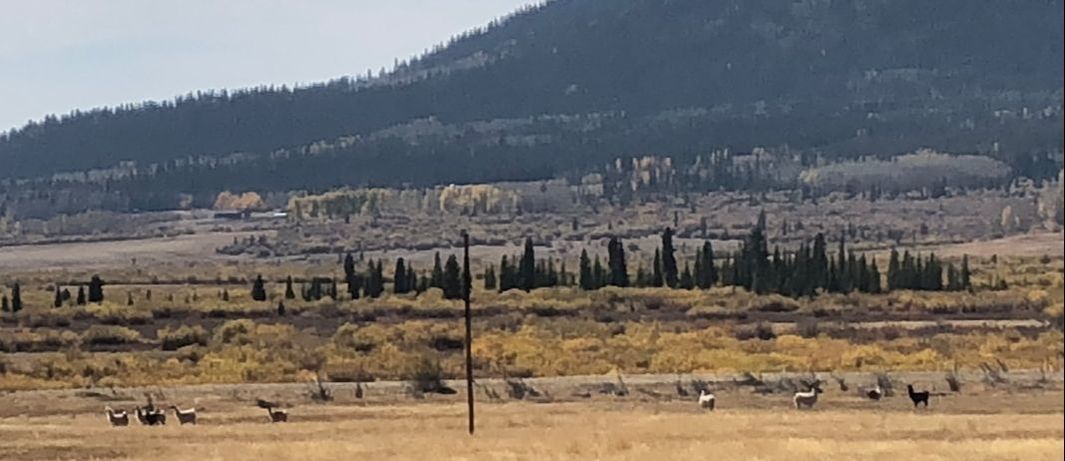
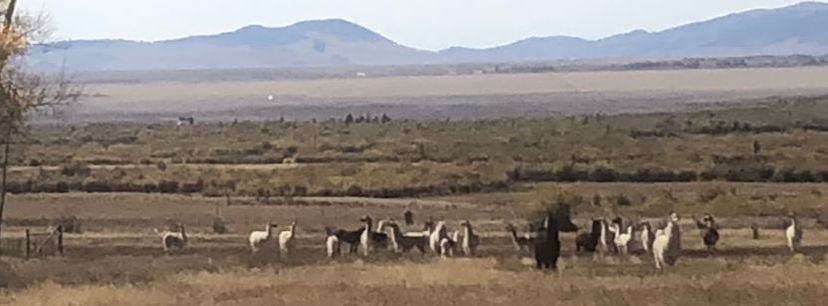
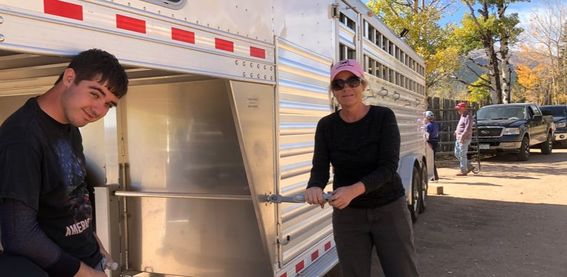
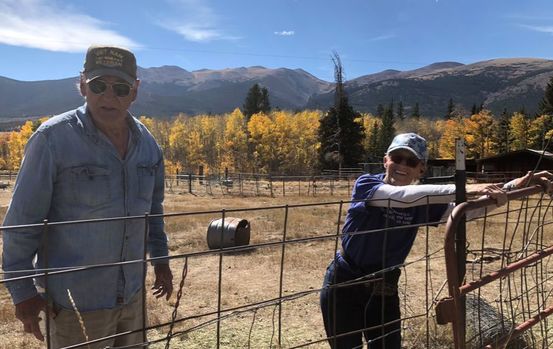
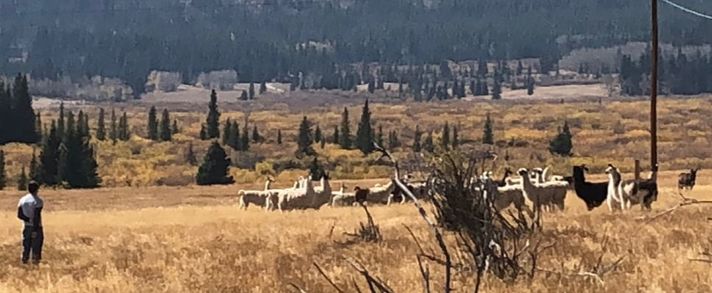
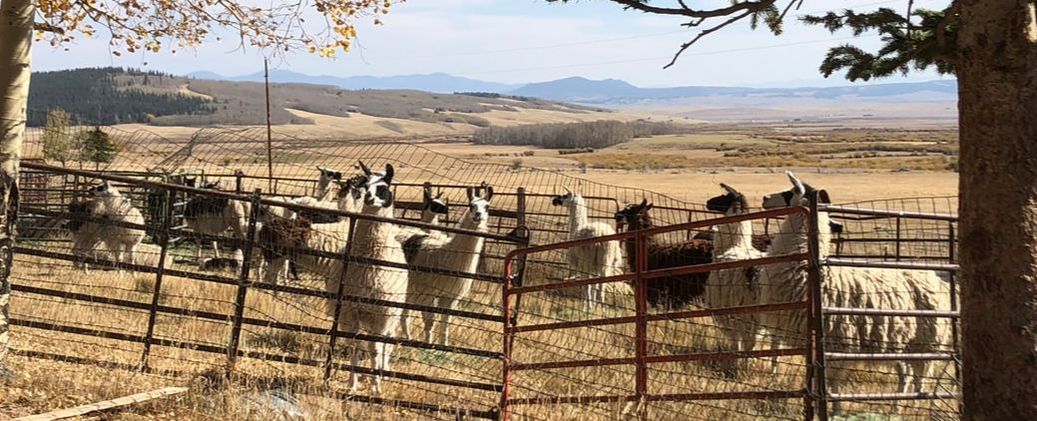
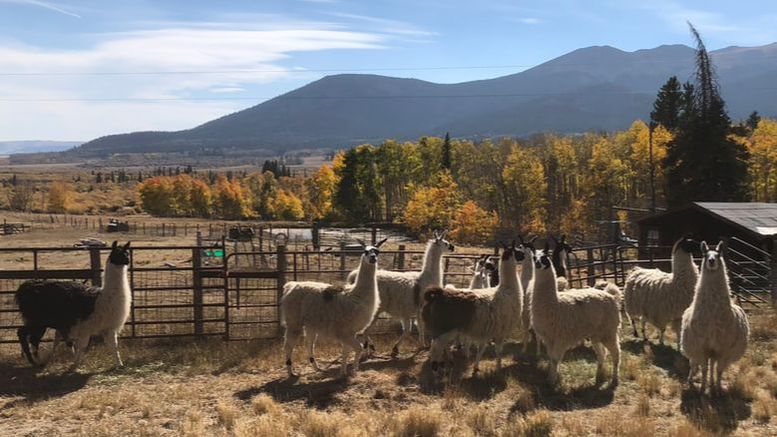
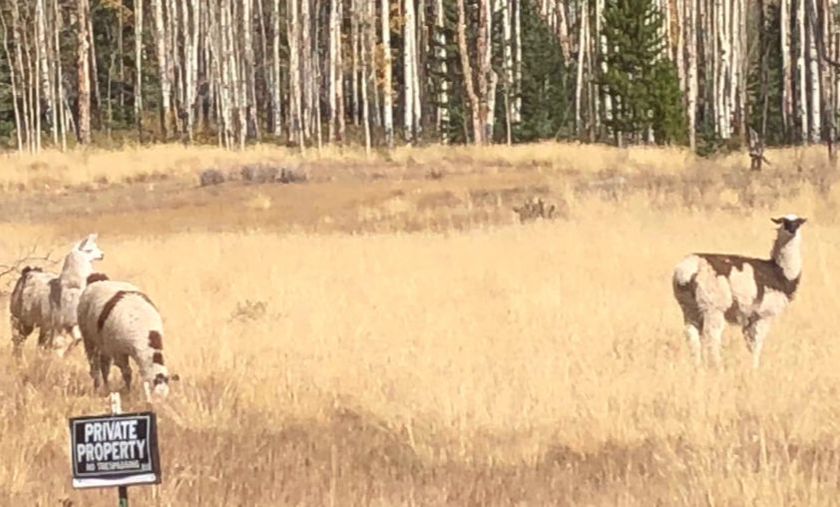
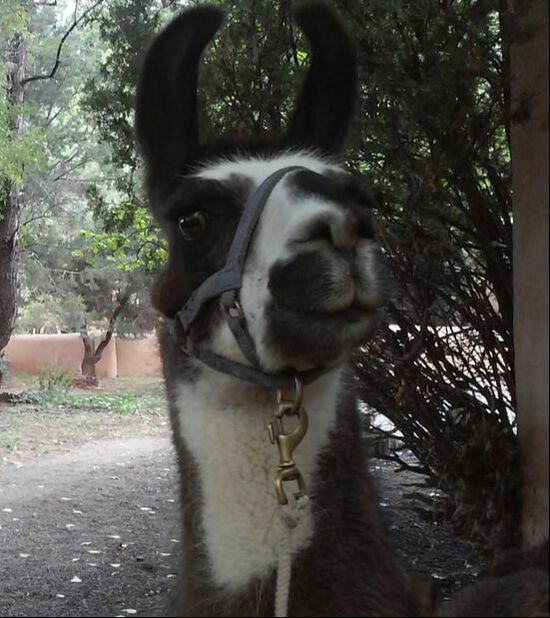
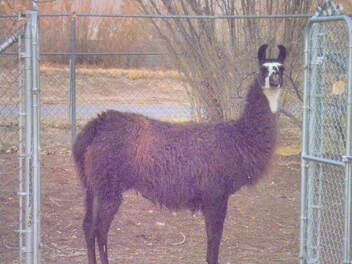
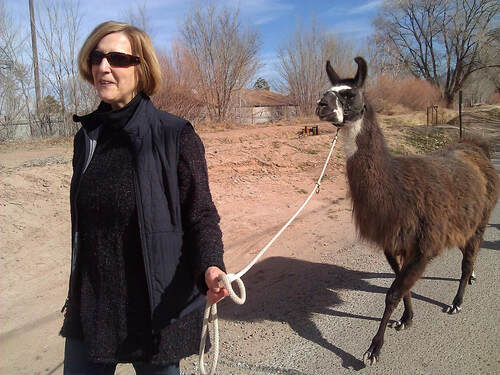
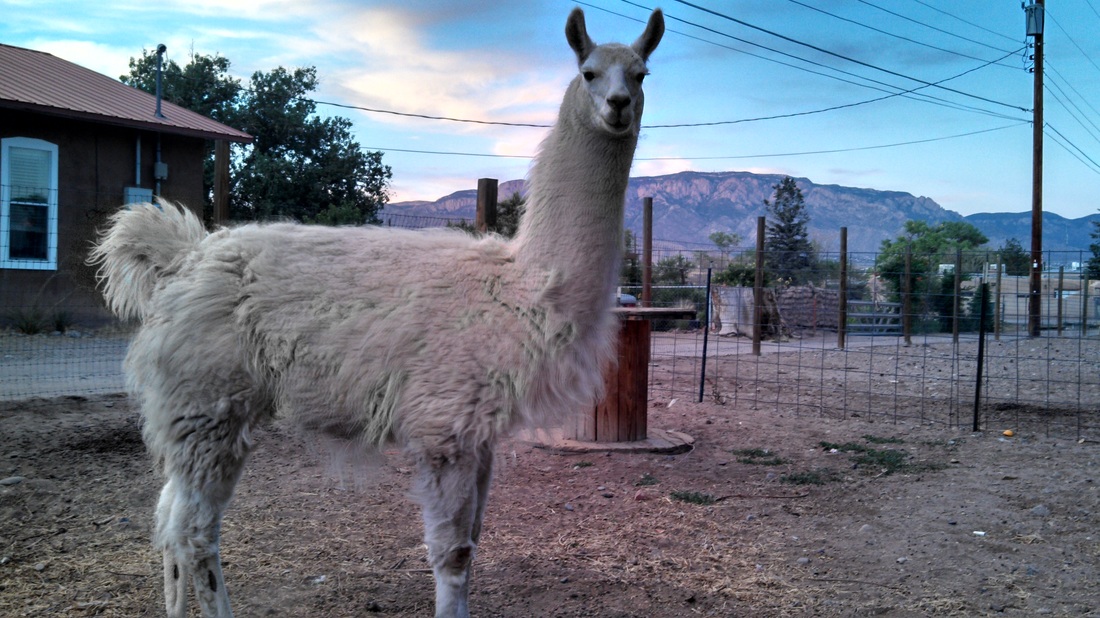
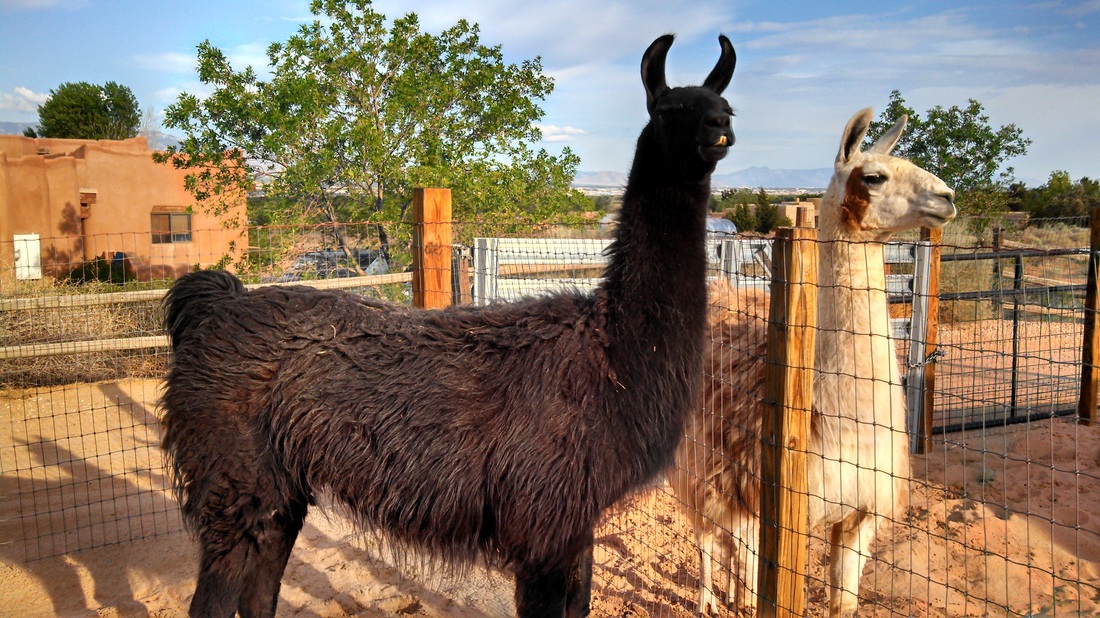
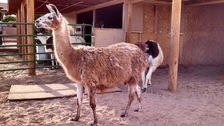
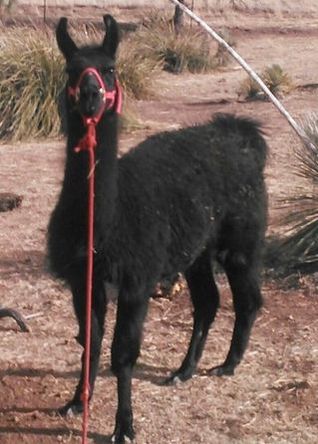
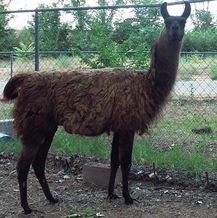
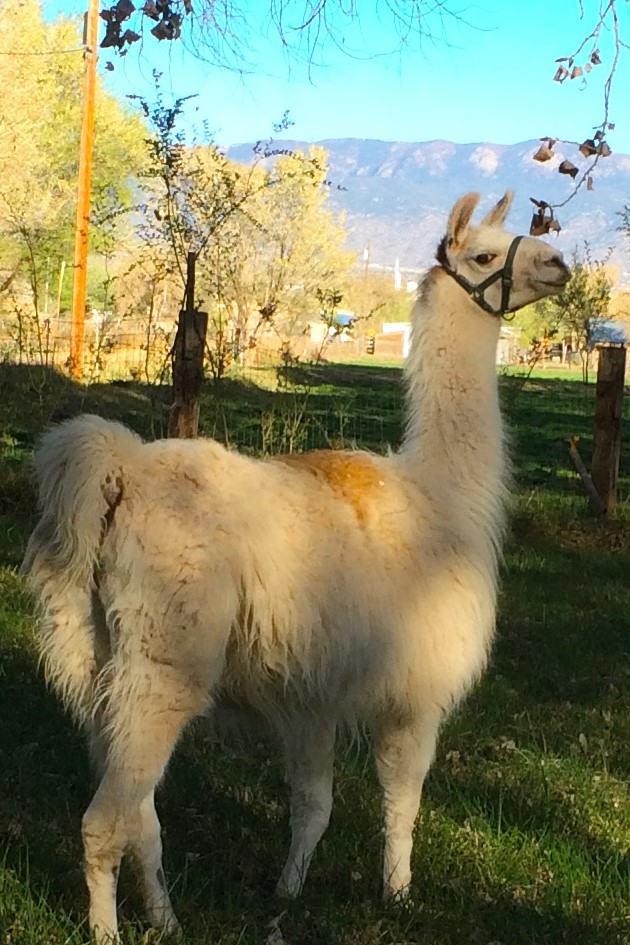
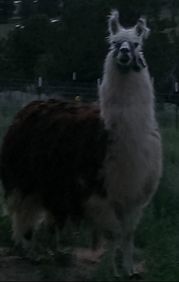
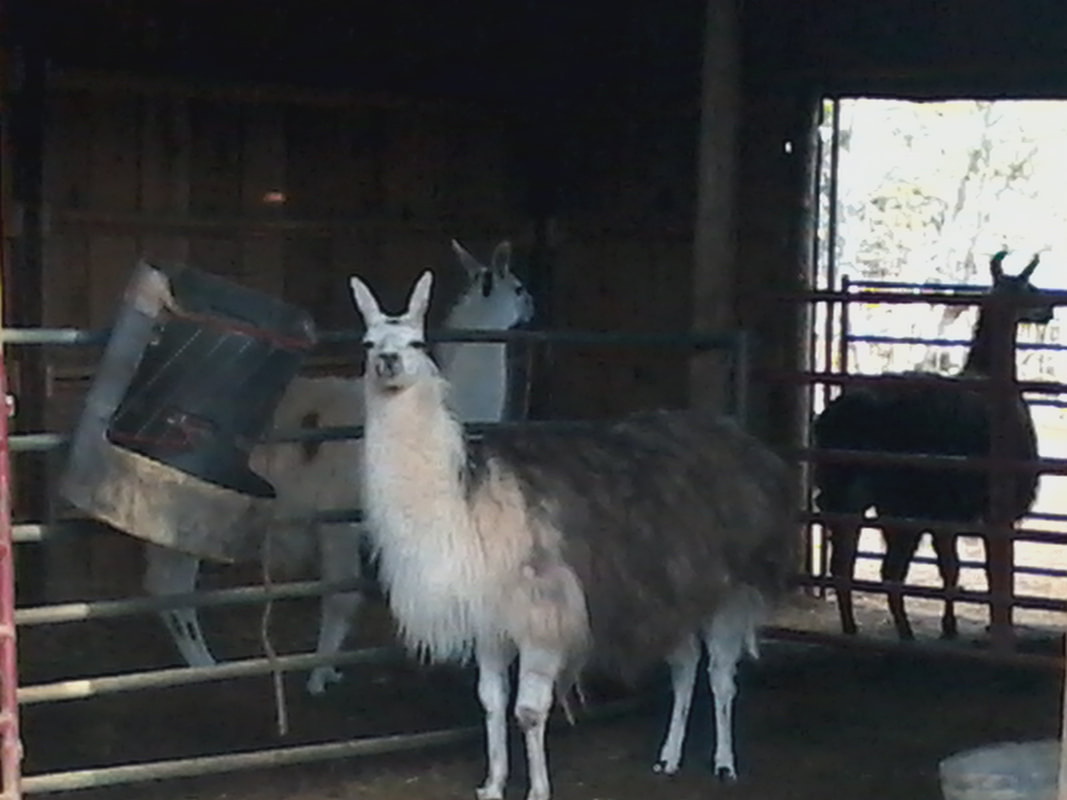
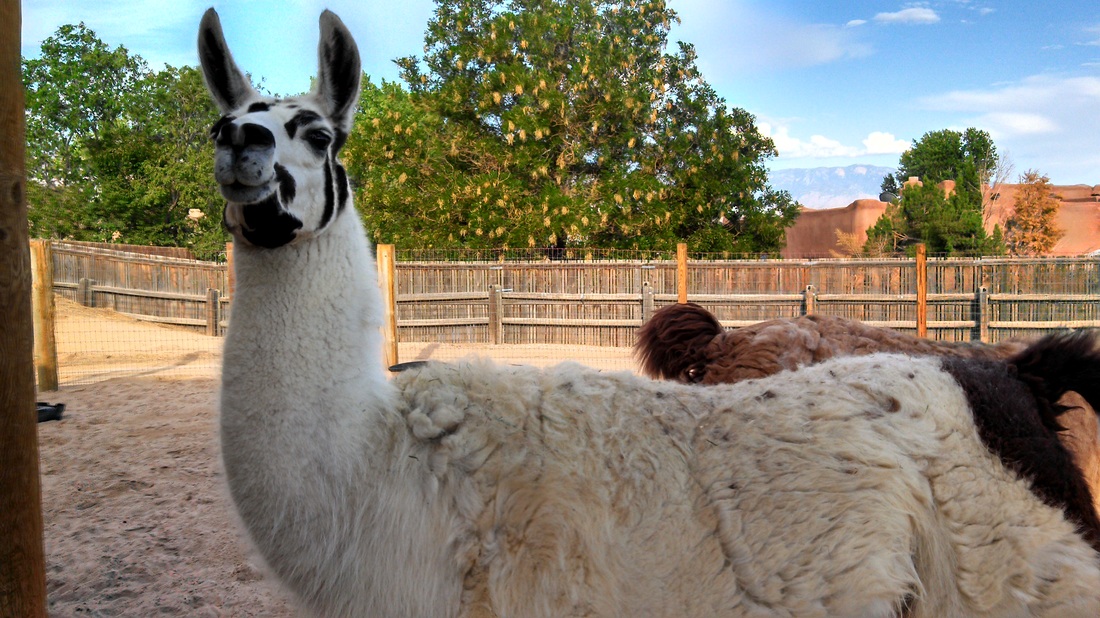
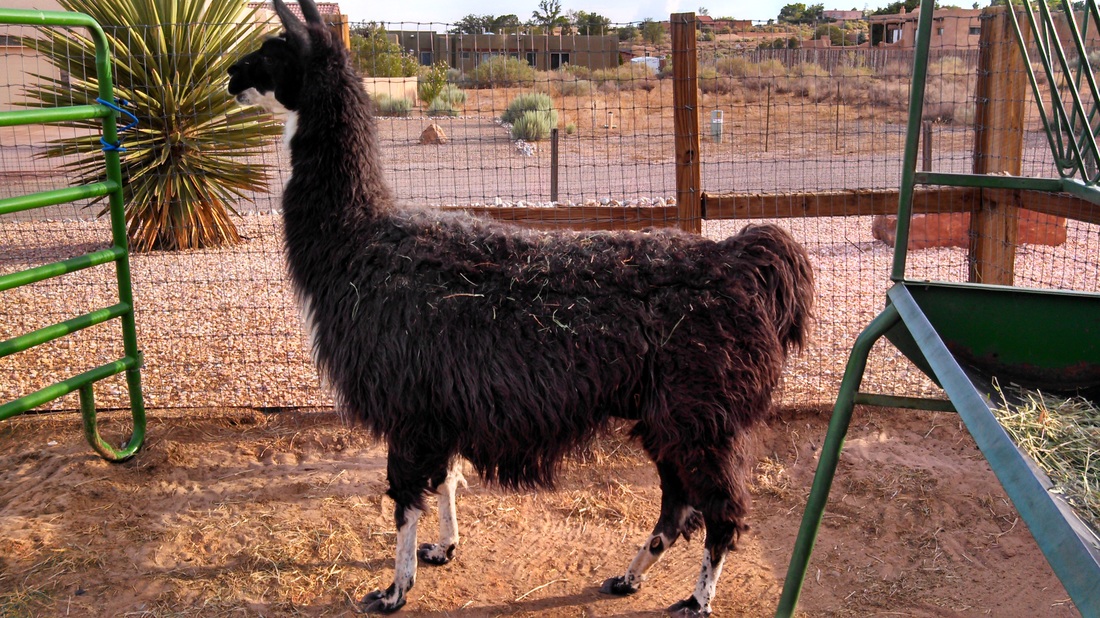
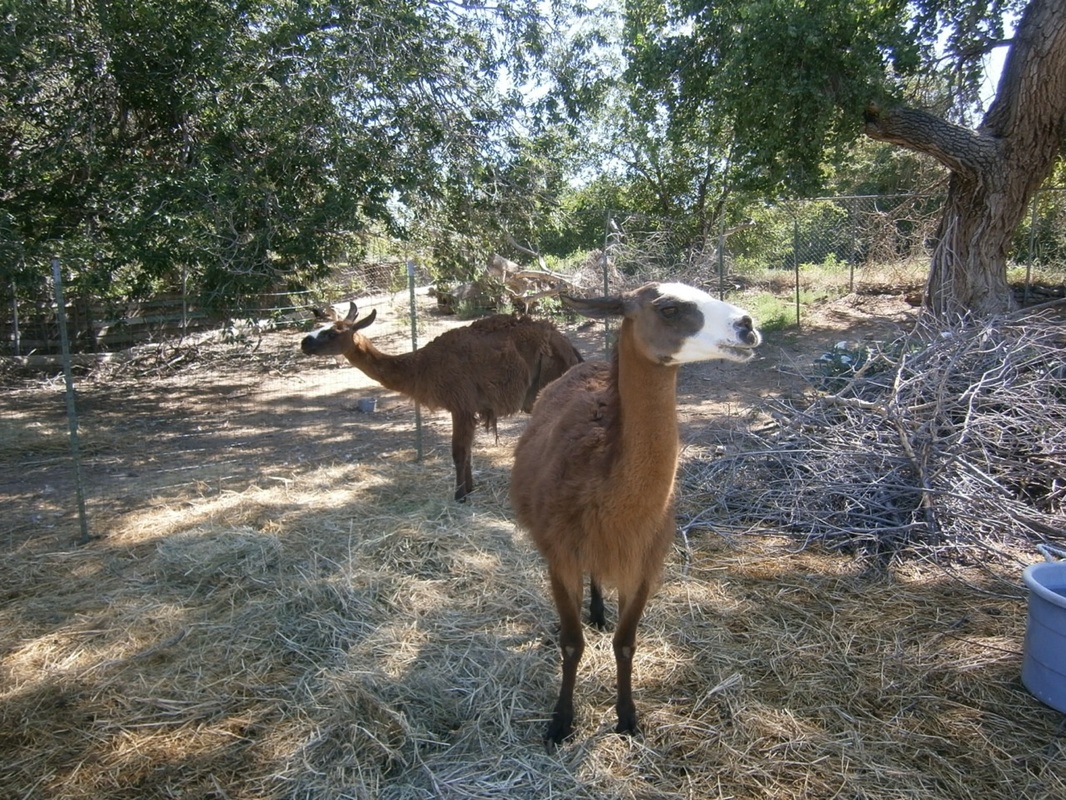
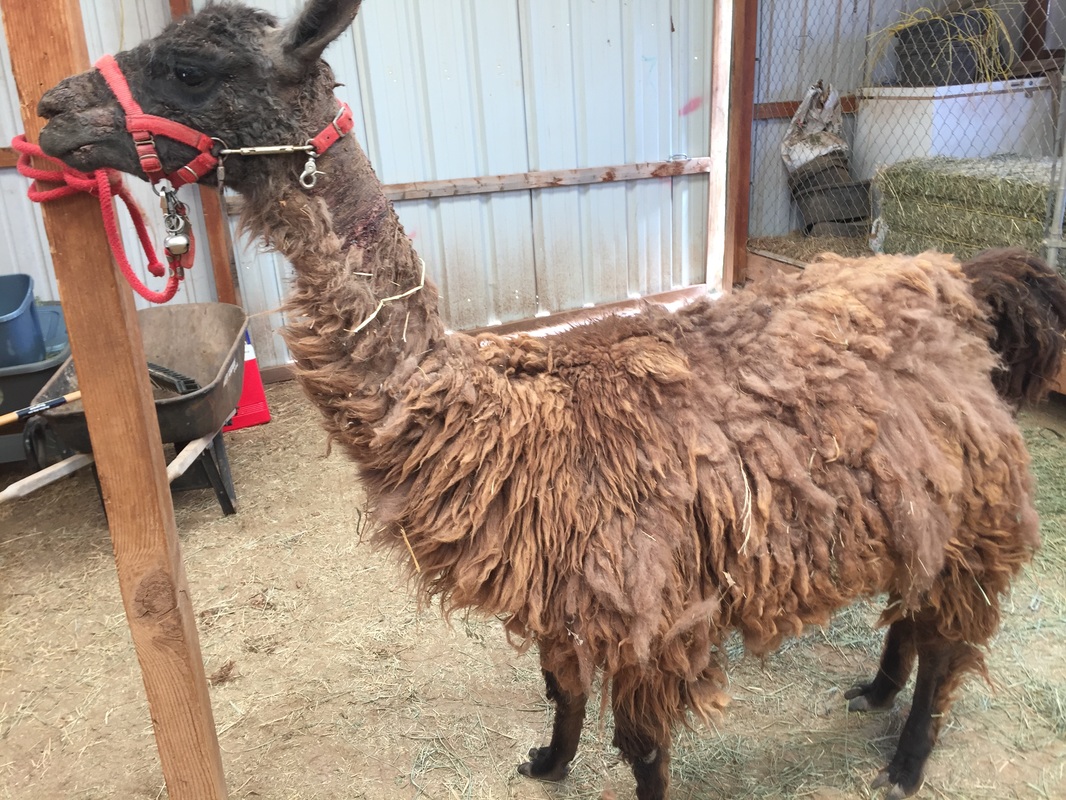
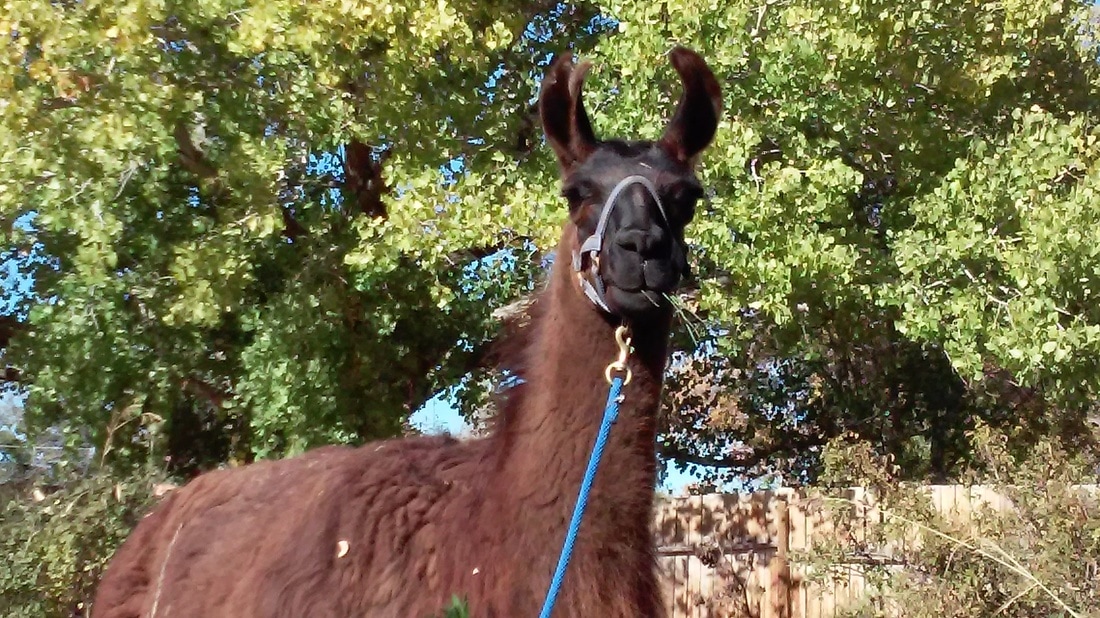
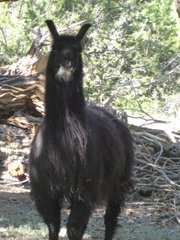
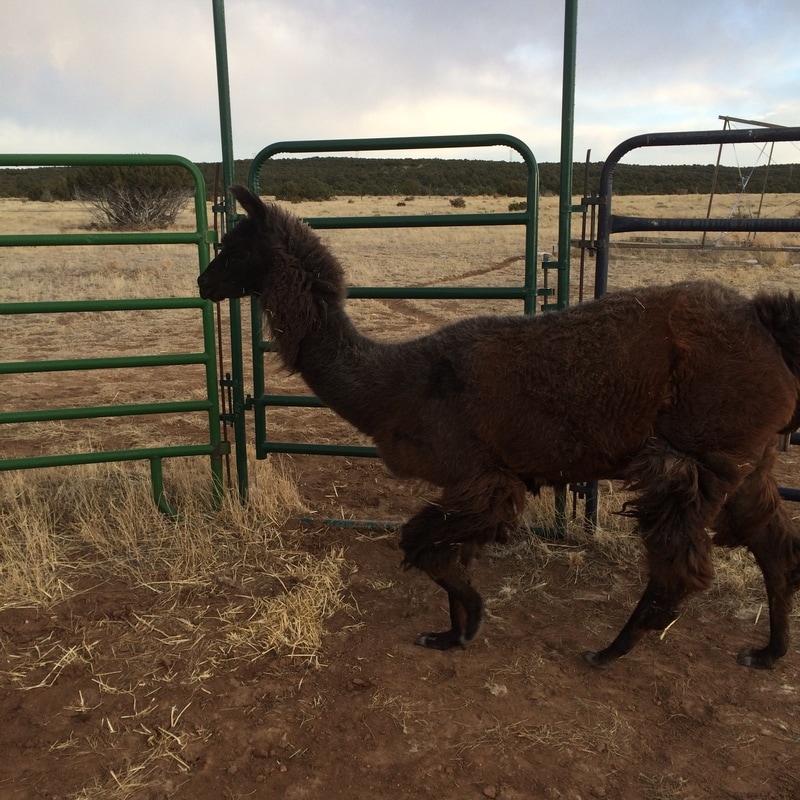
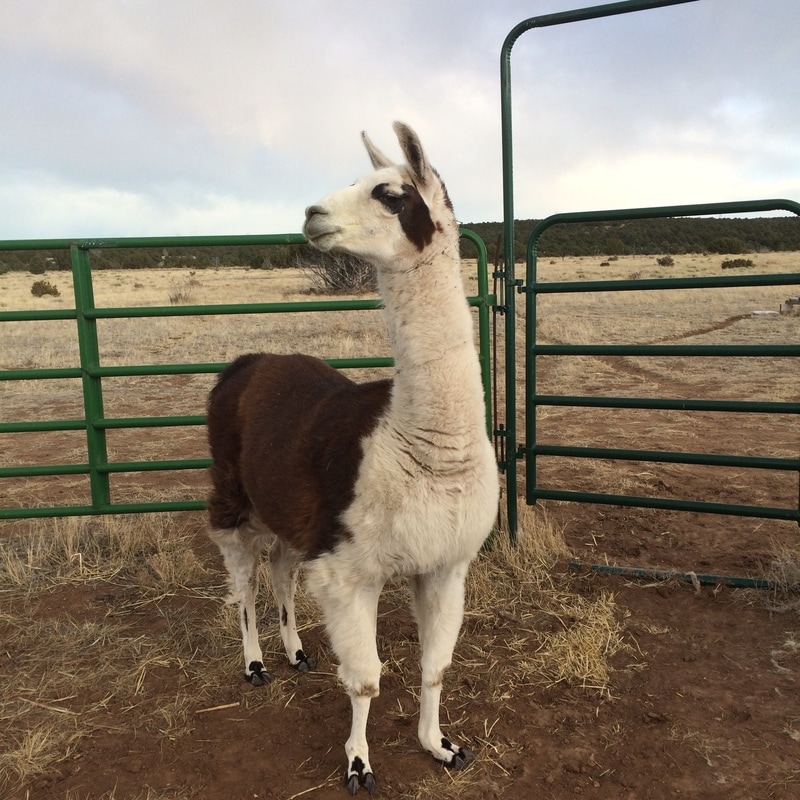
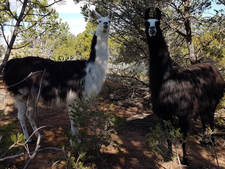
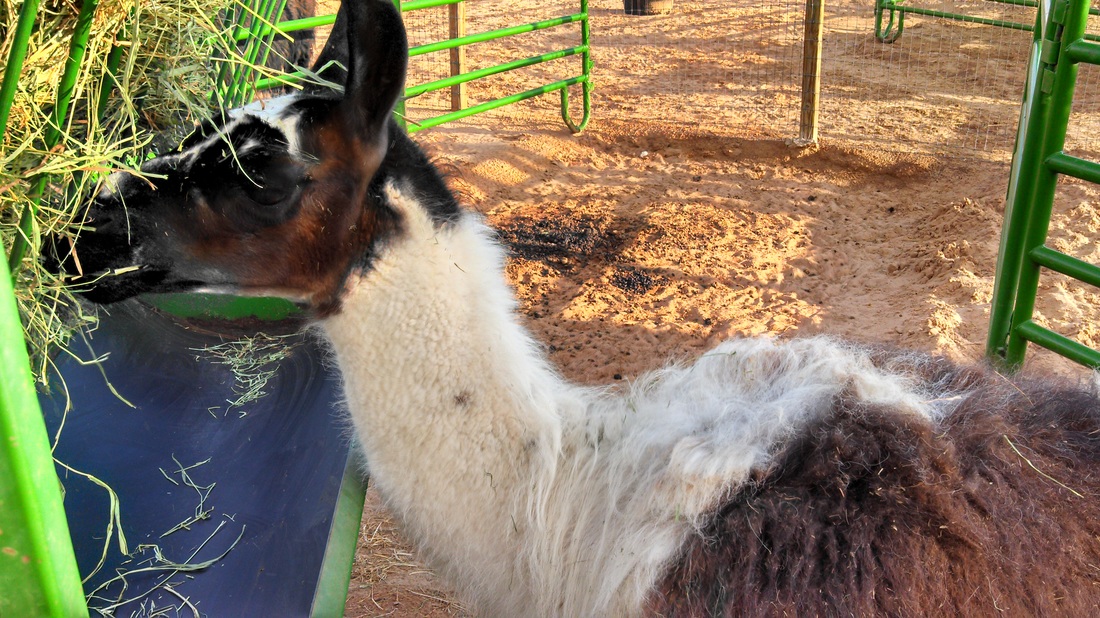
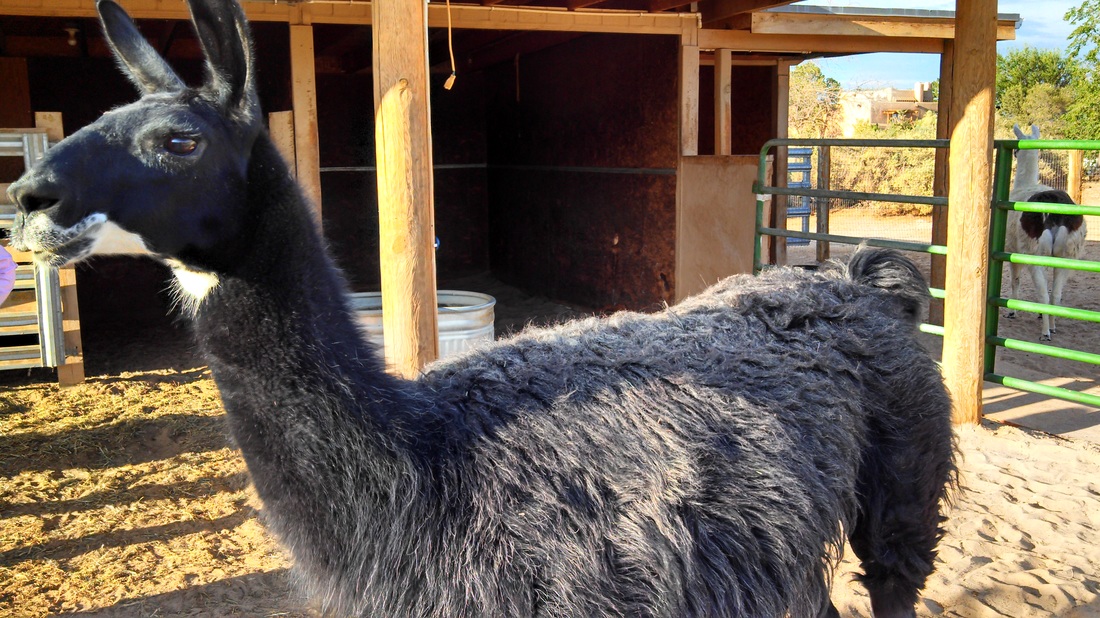
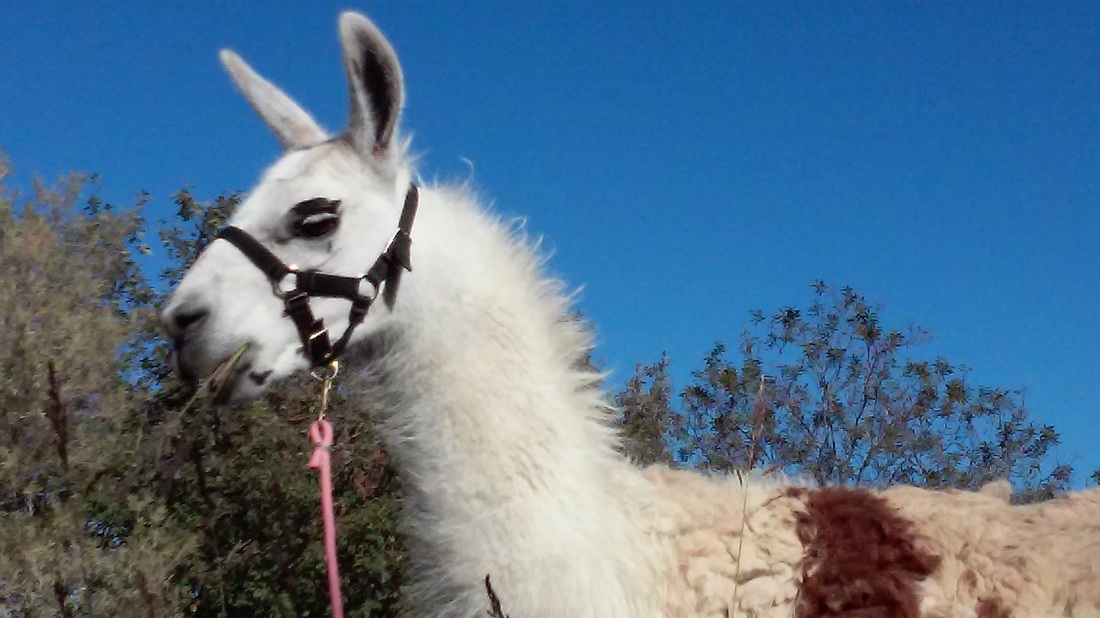
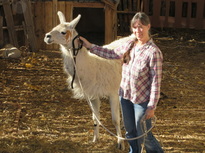
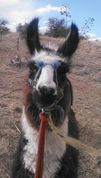
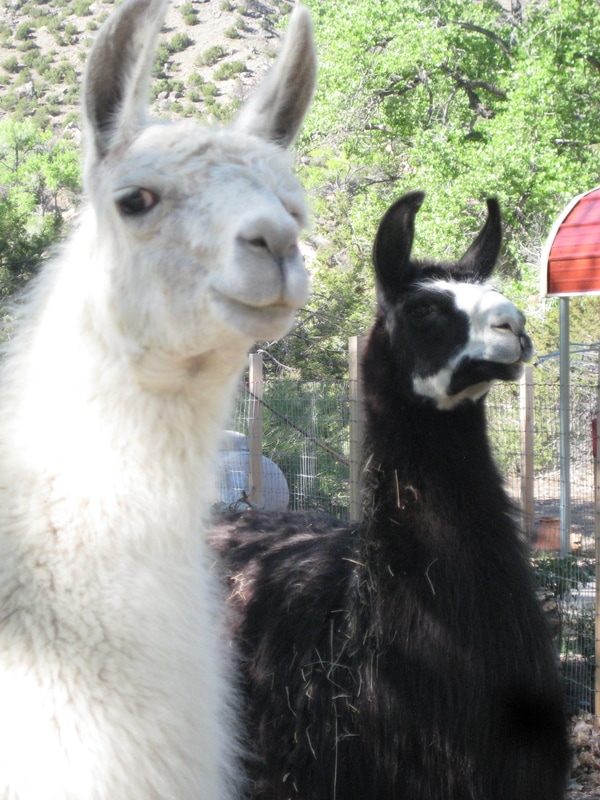
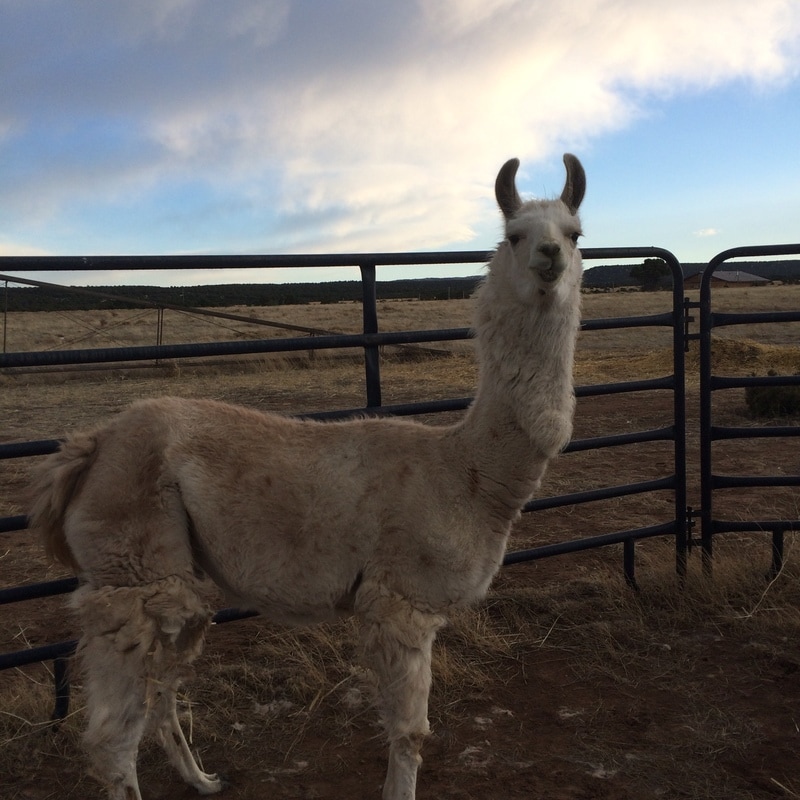
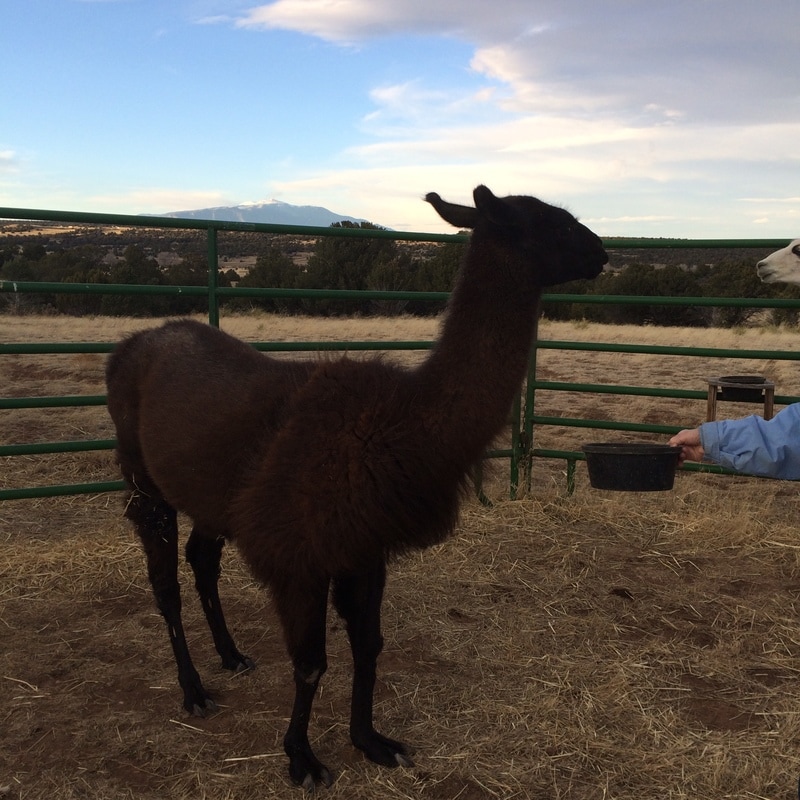
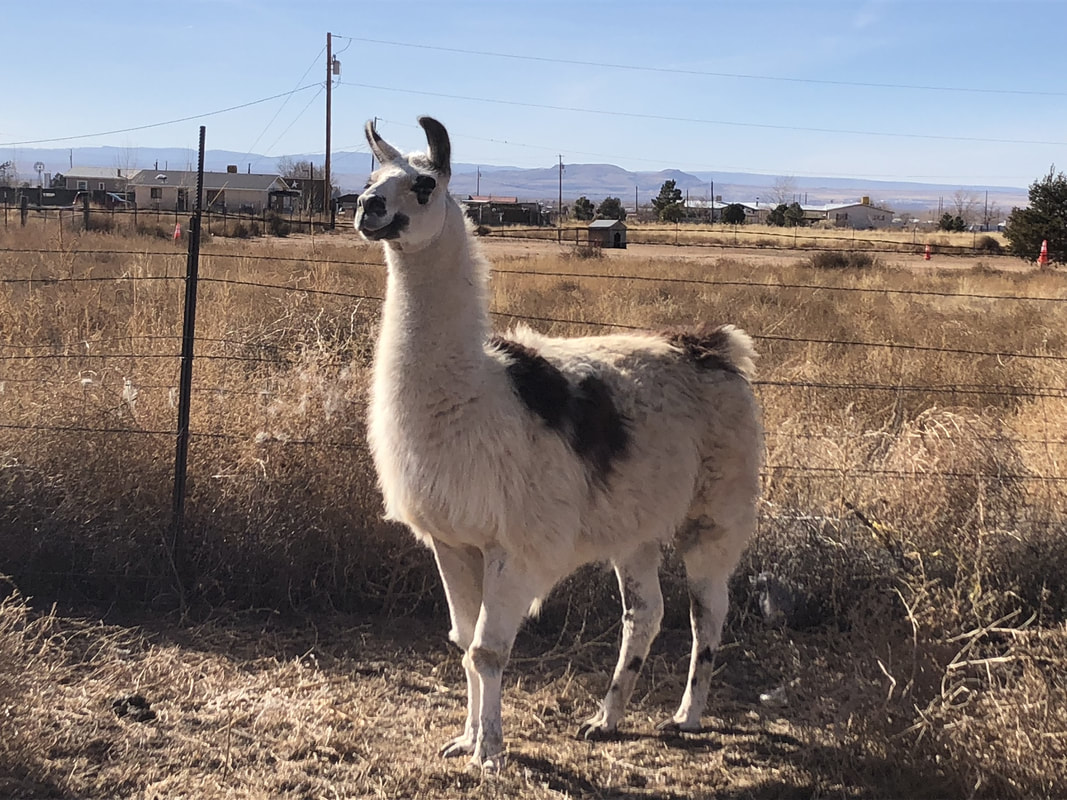
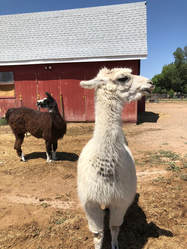
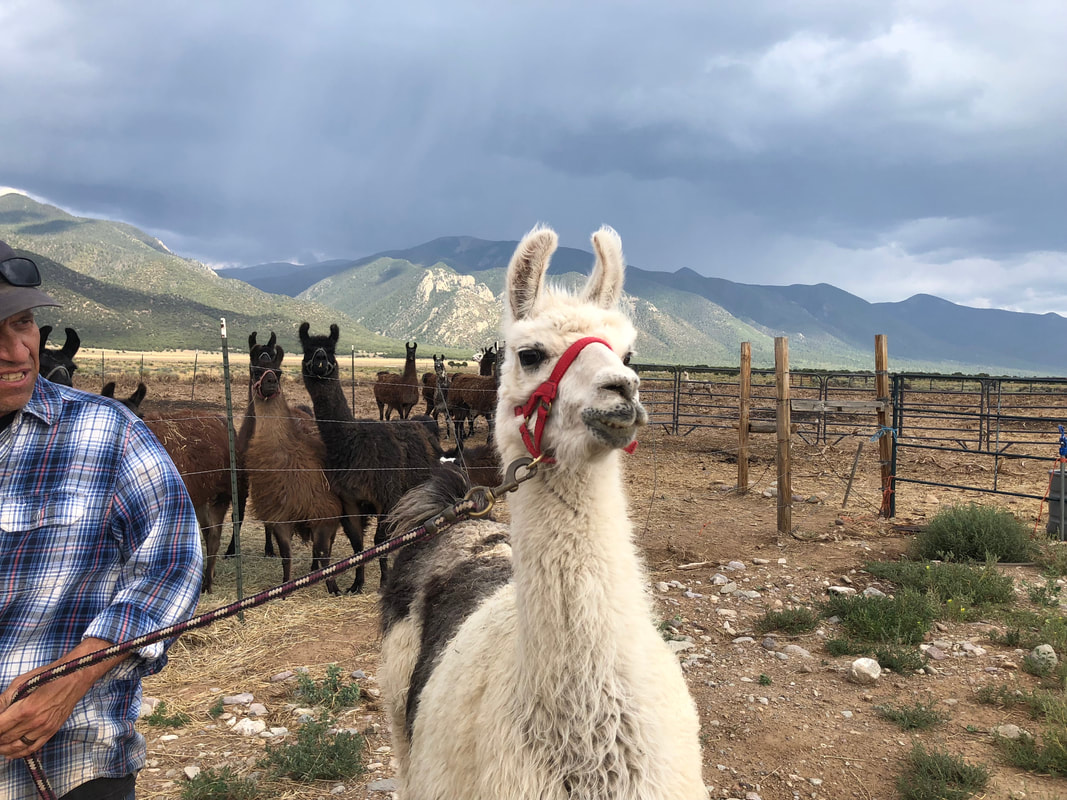
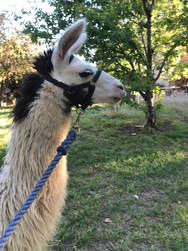
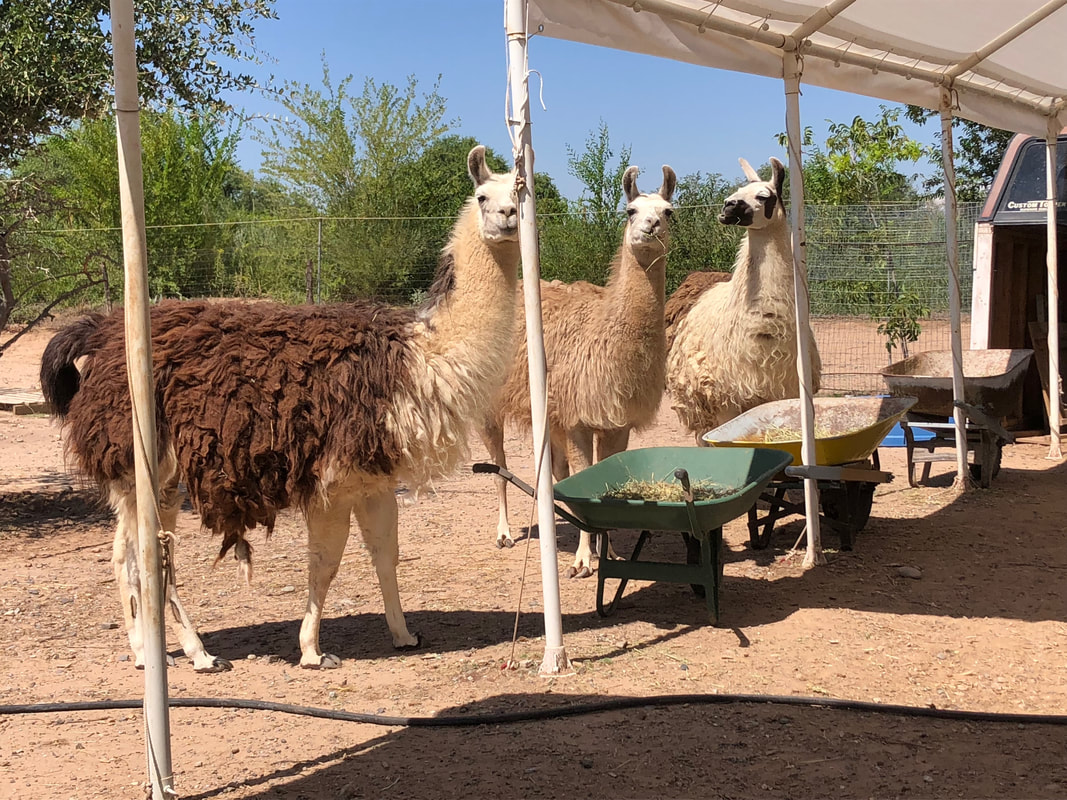
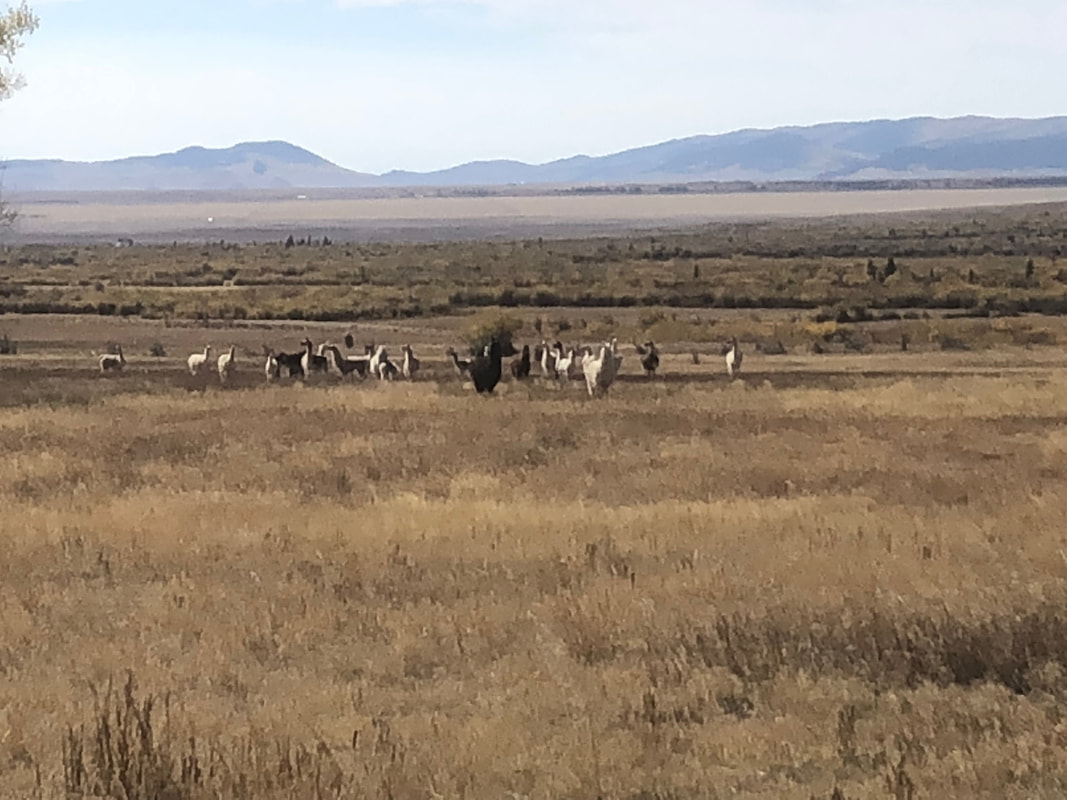
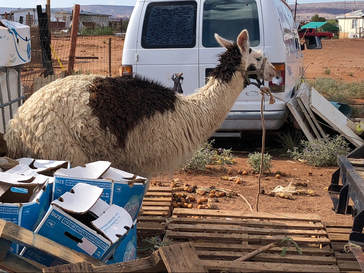
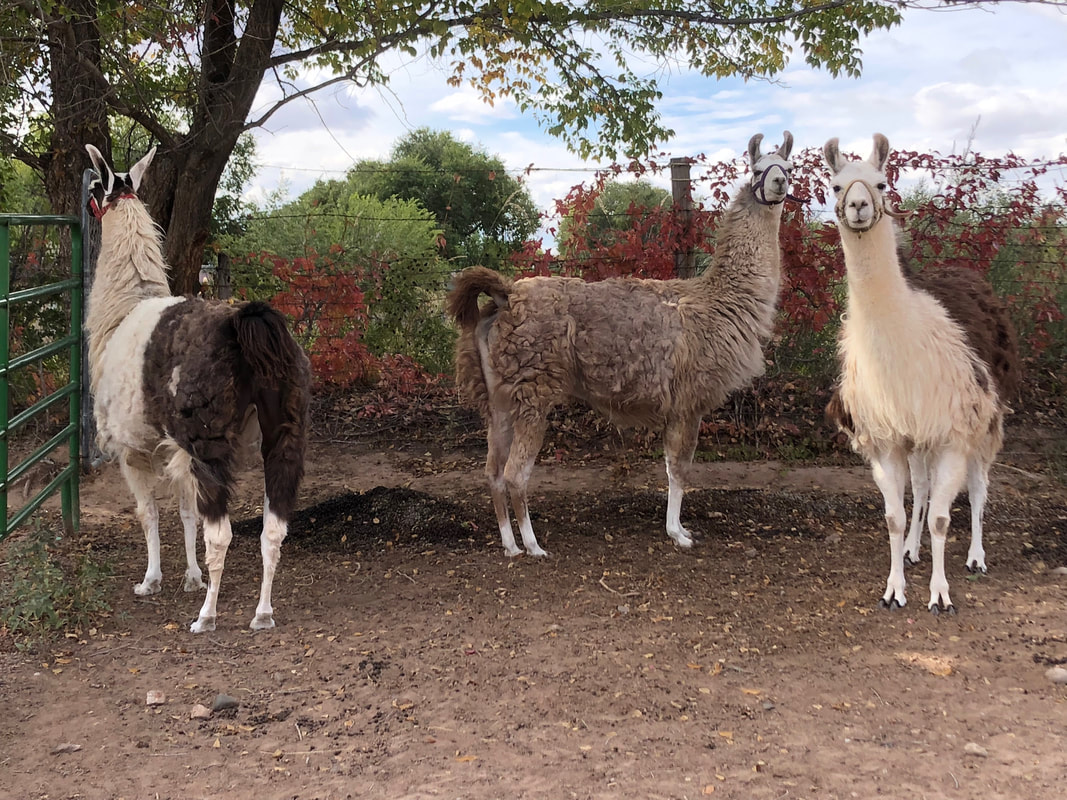
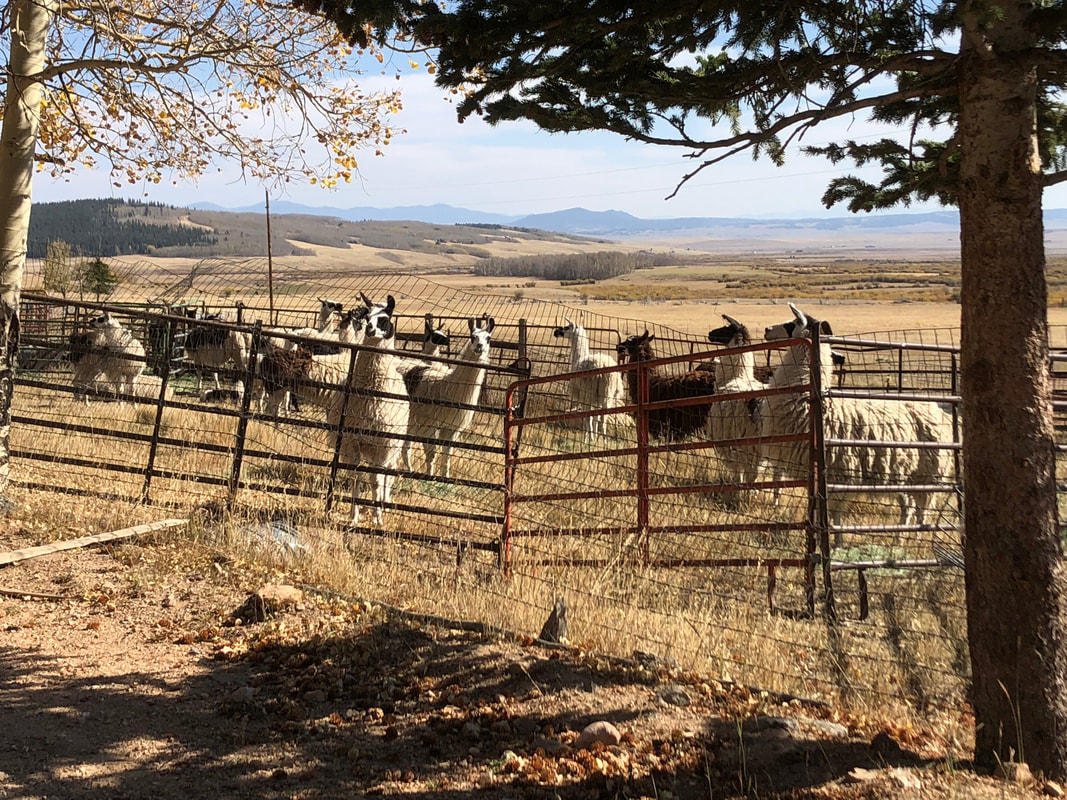
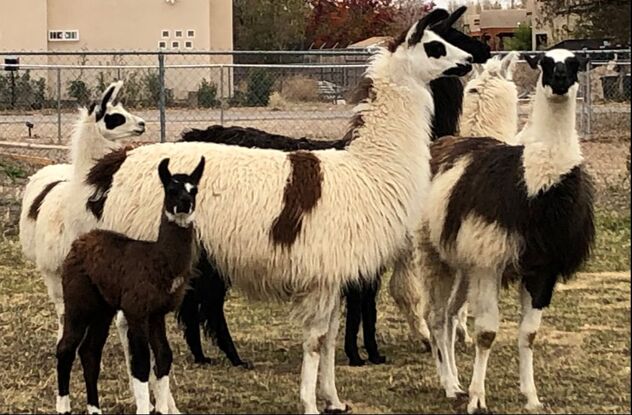
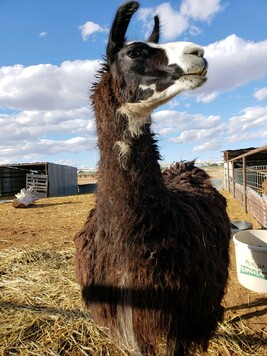
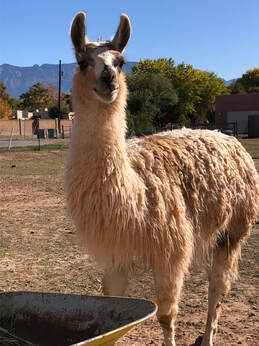
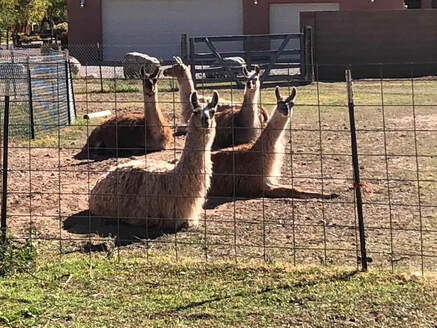
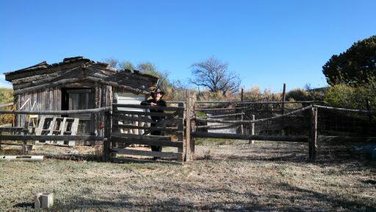
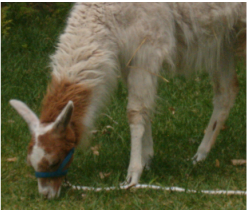
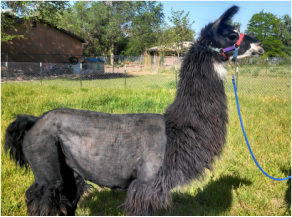
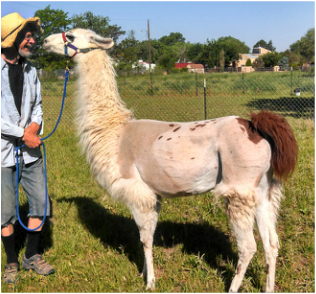
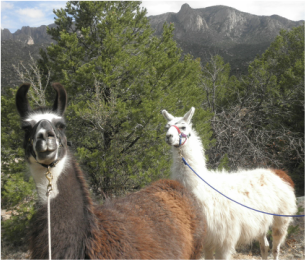
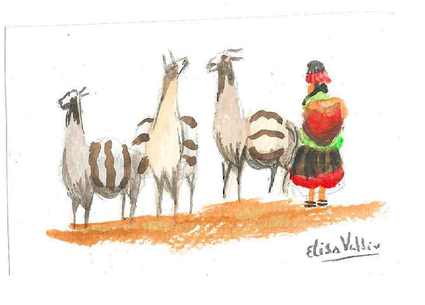
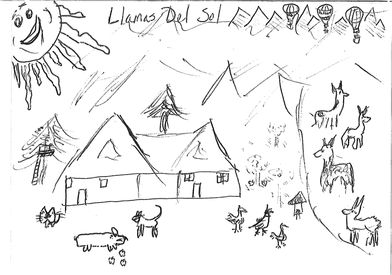

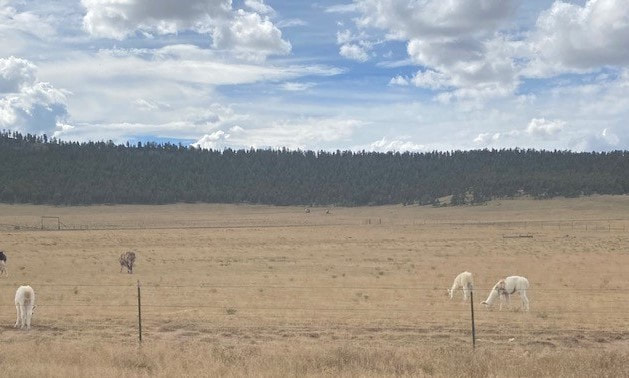
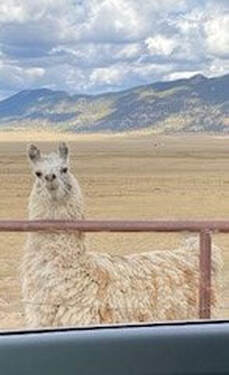
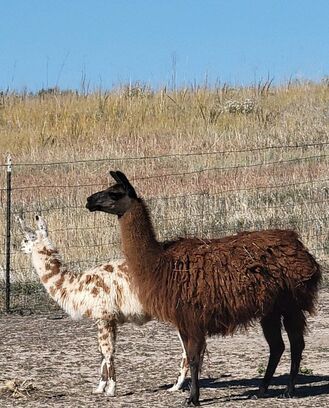
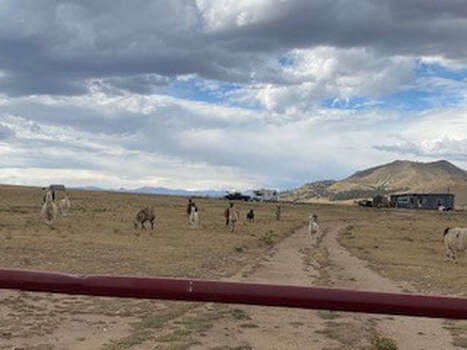
 RSS Feed
RSS Feed